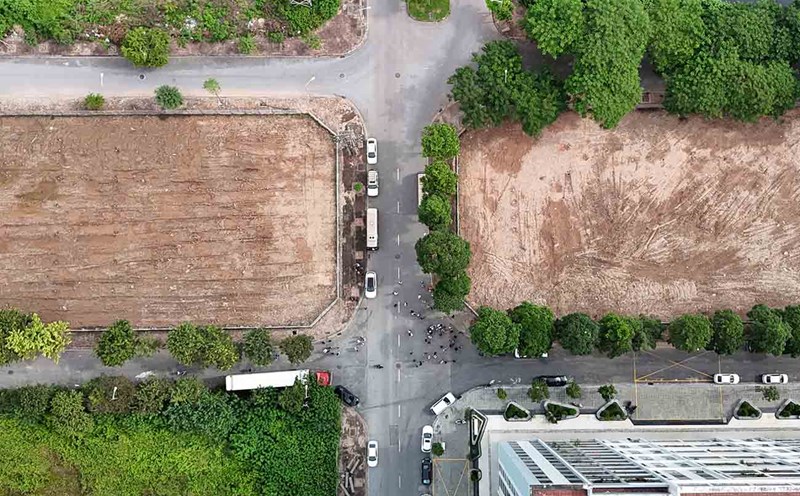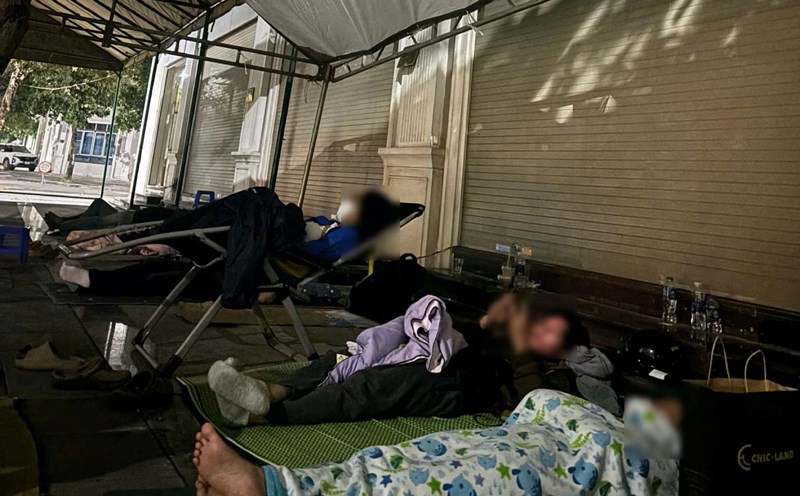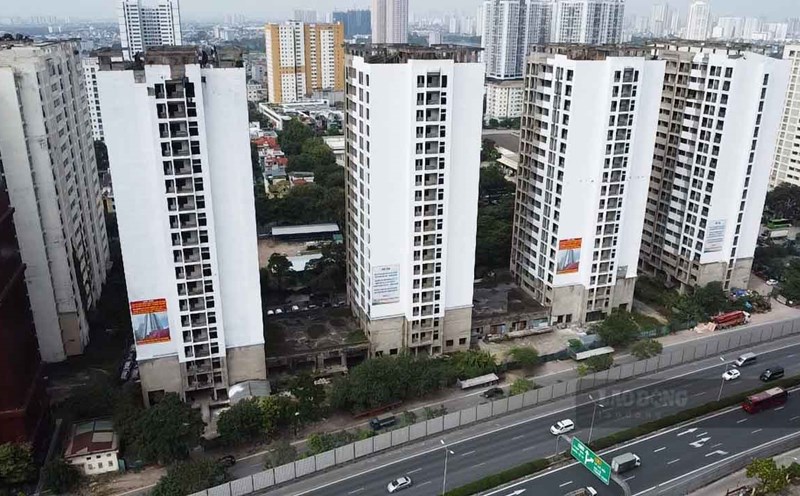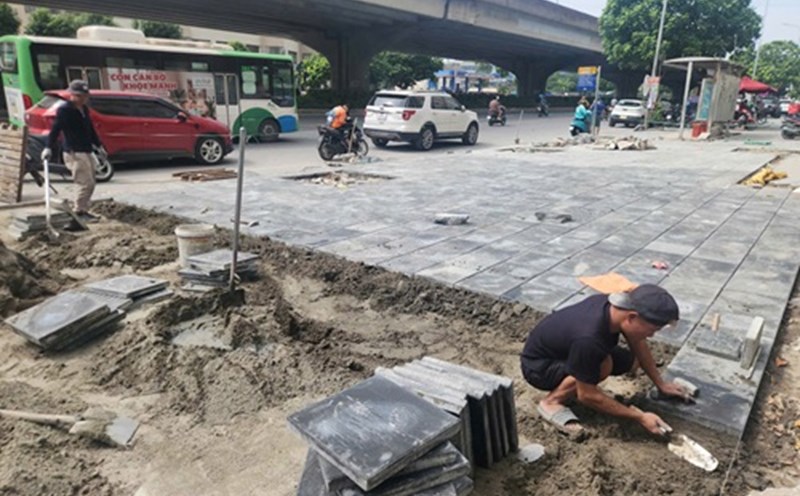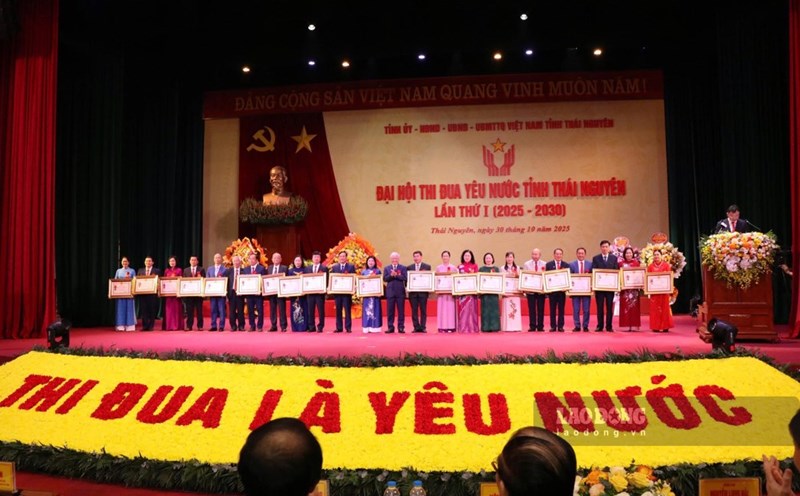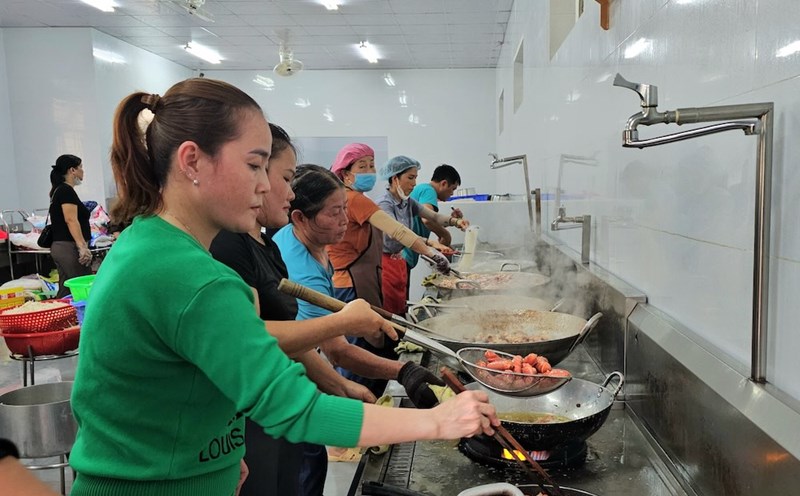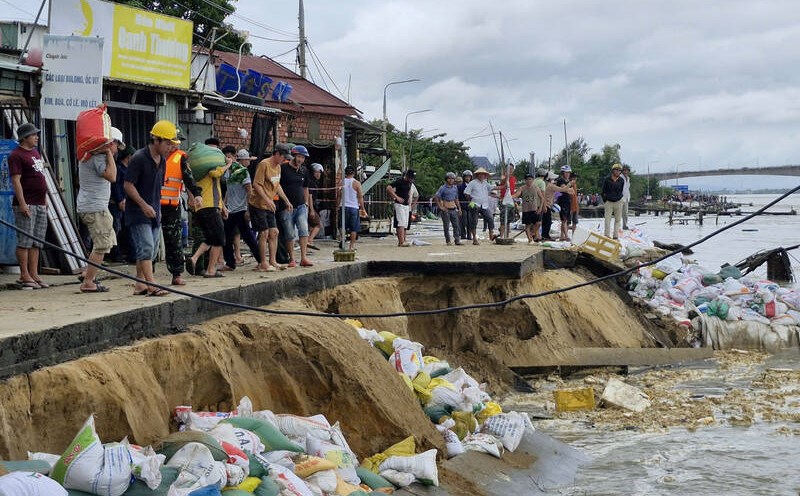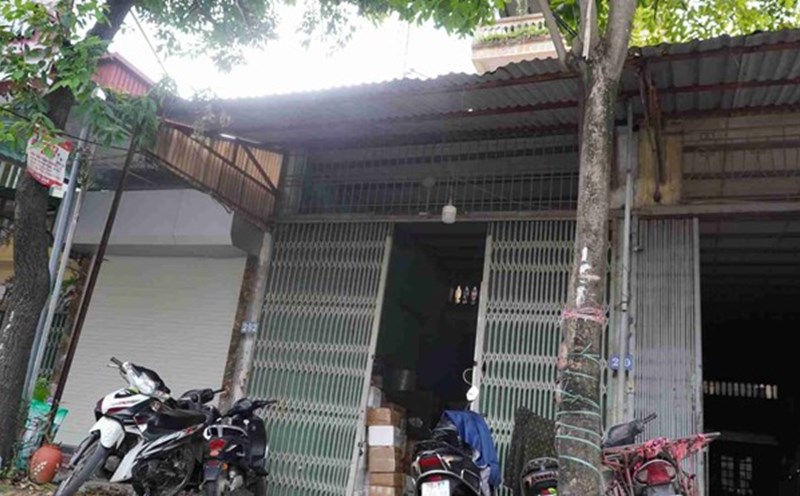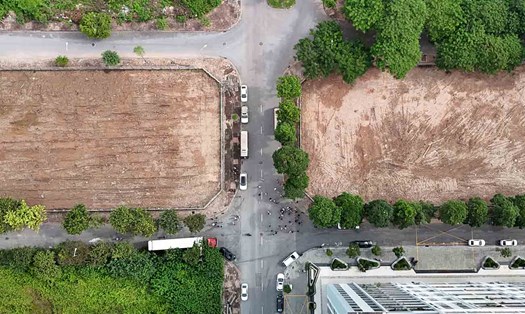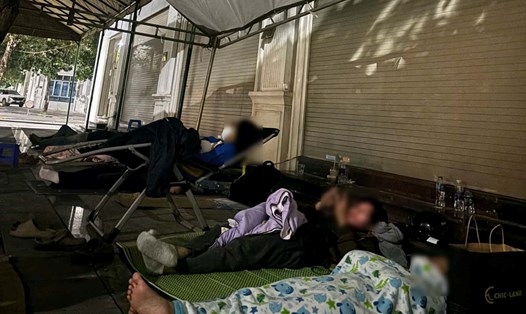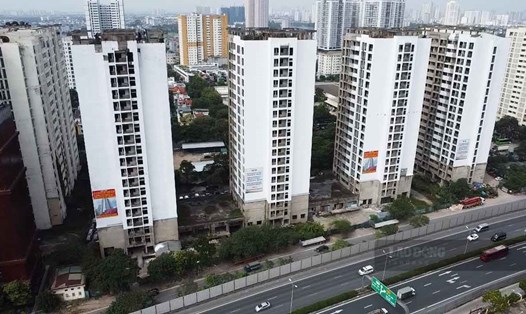Mr. Le Cong Hoa (Ninh Binh province) has been working as a mechanical worker in Hanoi for more than 7 years. When they got married and had children, the whole family still lived together in a rented room of just over 10 square meters on a small street in Yen Duyen, Hoang Mai ward.
"The current income of both husband and wife is only about 20 million VND, and they are raising young children, so they can't afford to save much. The dream of buying a social house is quite distant. Recently, the grandmother came to help take care of the young grandchild, the whole family of 4 lives in a small room, which is very inconvenient," said Mr. Hoa.
Most of the people living in the boarding house where Mr. Hoa and his wife are living are in such circumstances. They are all workers and low-income laborers from many provinces and cities.
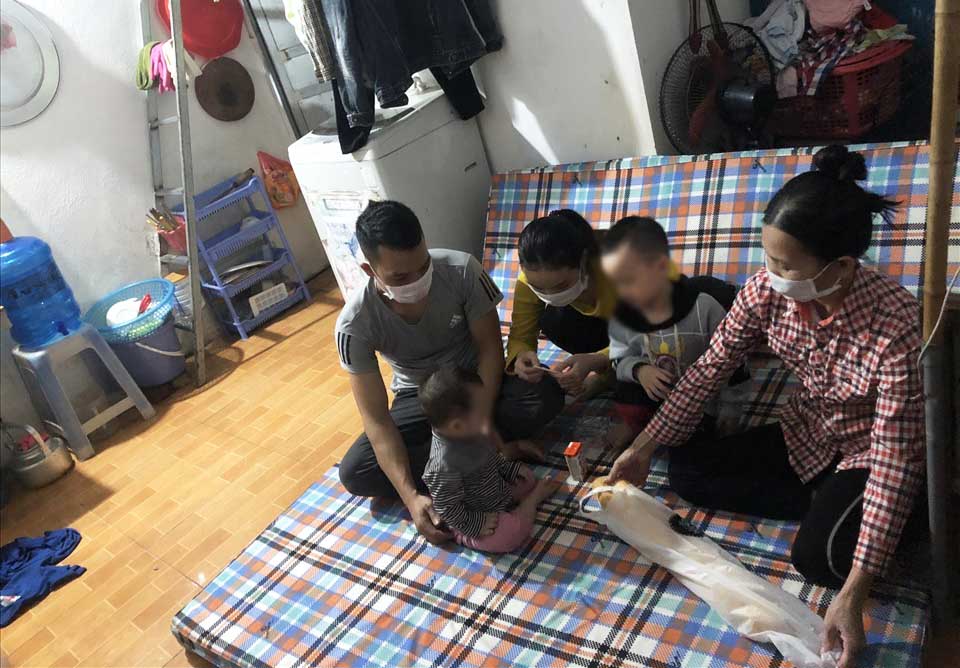
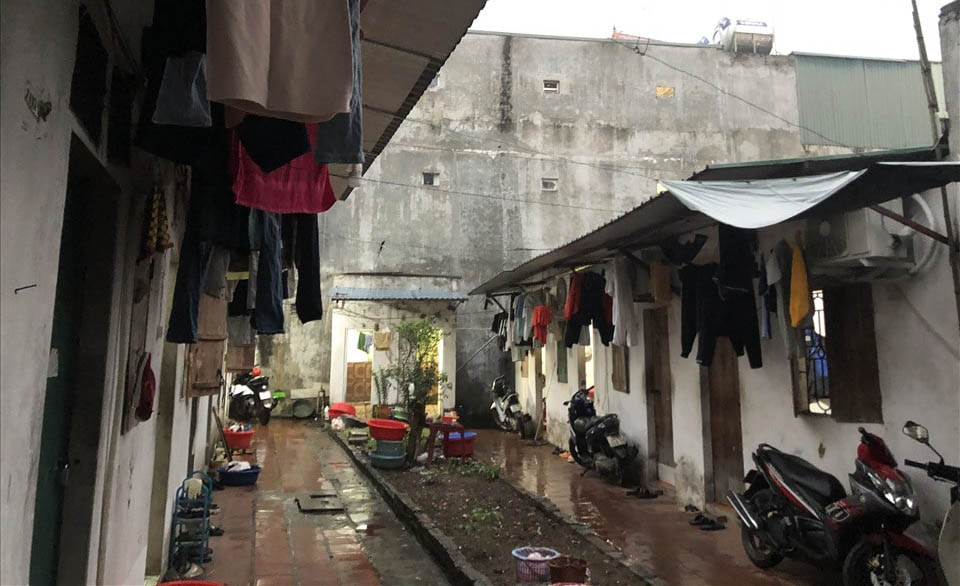
Many people who could not survive decided to return to their hometown to start a business, but many people also decided to stay in Hanoi in the hope of being able to buy a low-cost apartment for low-income people.
Just over 1km from the above-mentioned boarding house, the Tran Phu resettlement area consists of 4 clusters of houses with 9 to 15 floors high with hundreds of completed apartments that have been abandoned for many years, leading to deterioration.
The Tran Phu resettlement housing project was approved by the Hanoi People's Committee in 2010 with a total cost of more than 760 billion VND to serve the site clearance of the Capital Youth Park. The project was built in 2018 and is almost completed.
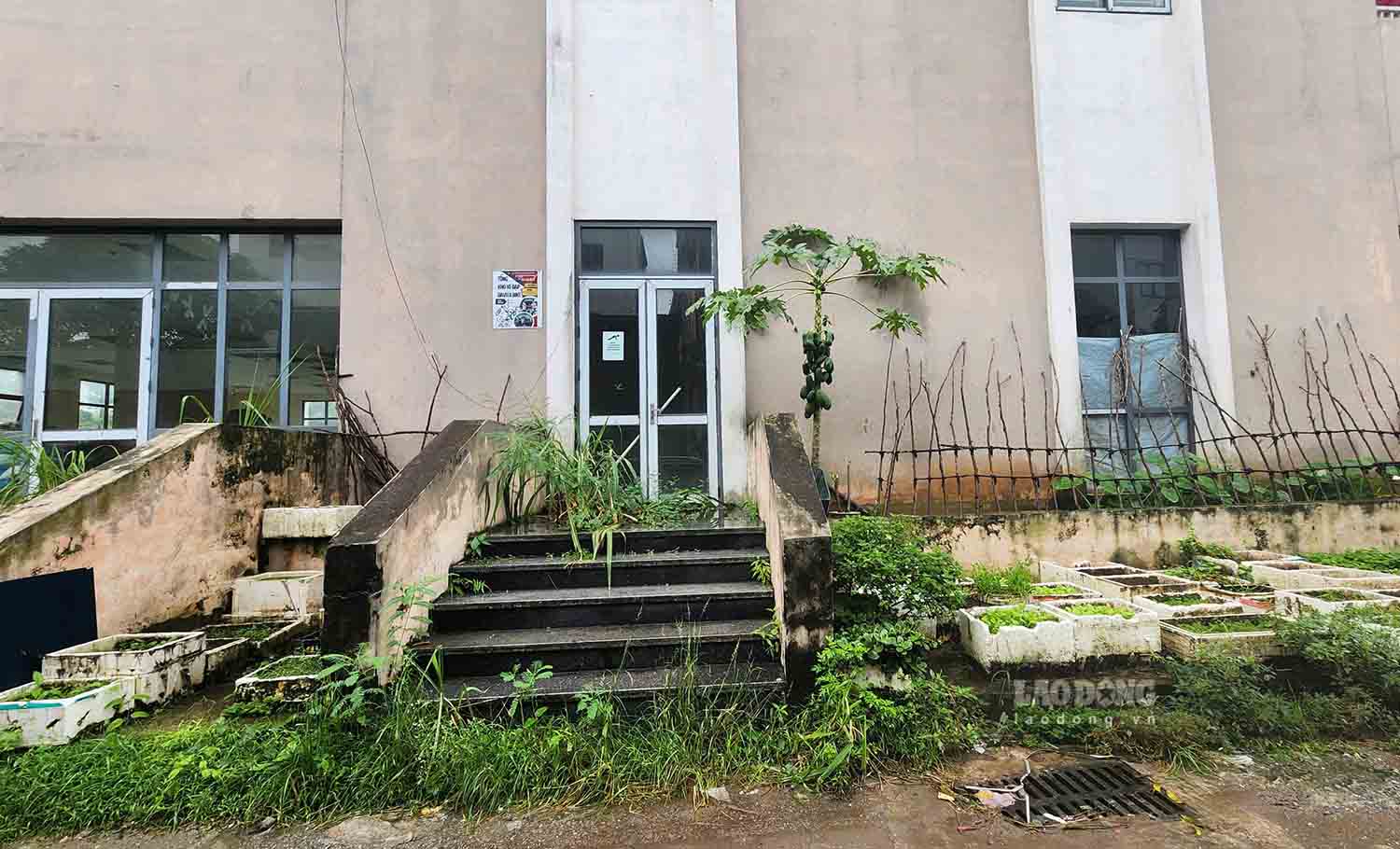
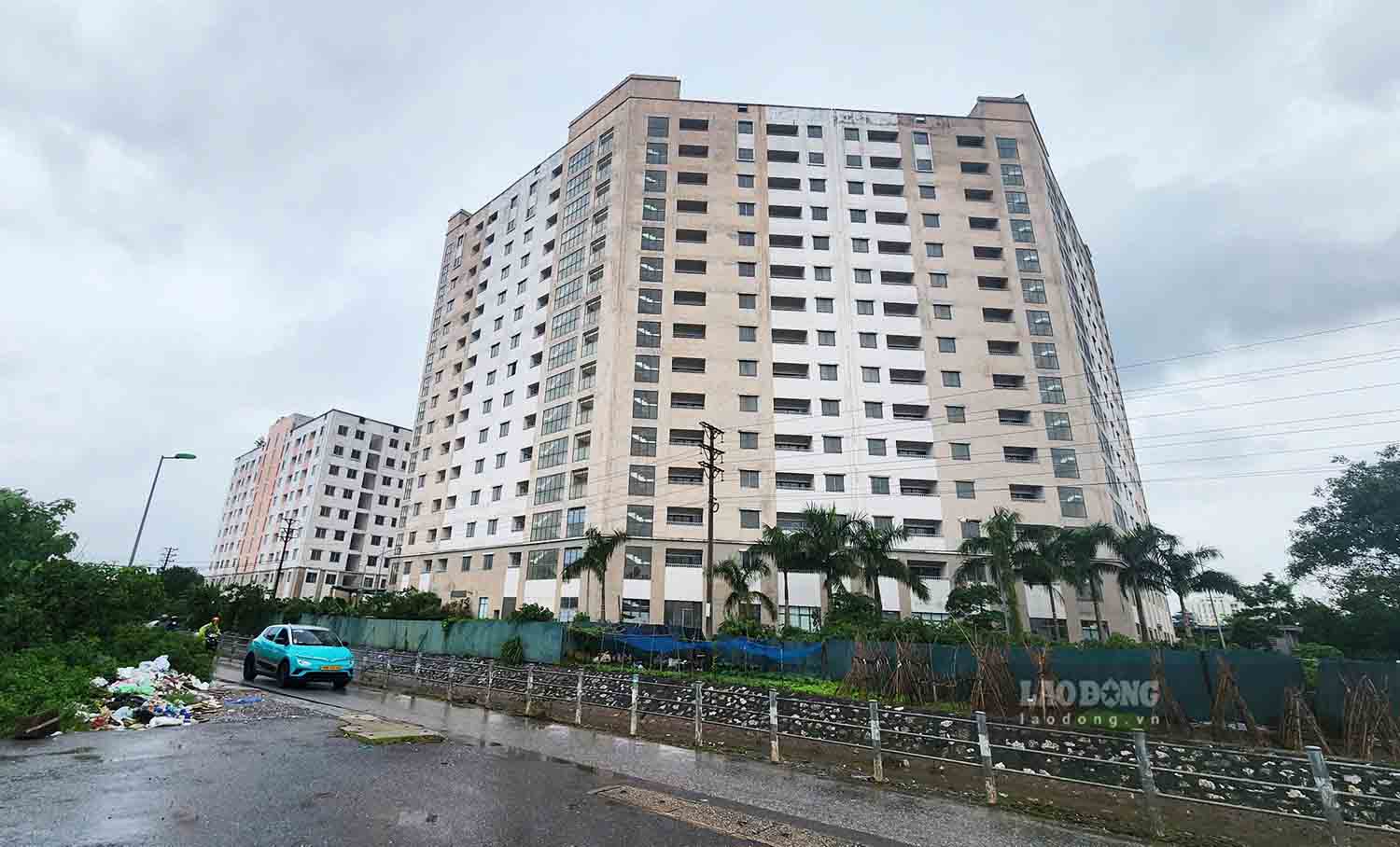
However, like many other resettlement houses, this project still has no residents. The interior and exterior of the building have been degraded and damaged after many years of abandonment, with entrances surrounded by corrugated iron. Some areas are used by people to park their vehicles and store belongings.
Ms. Nguyen Tran Huong (Hoang Mai ward) said that seeing so many huge rows of houses exposed to the sun and rain without anyone living there is a waste. While many workers do not have a house to live in.
"These buildings have been abandoned for many years, not managed and well maintained, and have become gathering places, causing insecurity and disorder. I think there should be a conversion plan for people who need to buy or rent, to avoid wasting state money," Ms. Huong shared.
In Hoang Mai ward and Linh Nam ward of Hanoi alone, there are nearly a dozen resettlement housing projects that have been completed for many years but have no residents, leading to housing closure and deterioration. This not only causes loss of urban beauty but also wastes public investment resources.
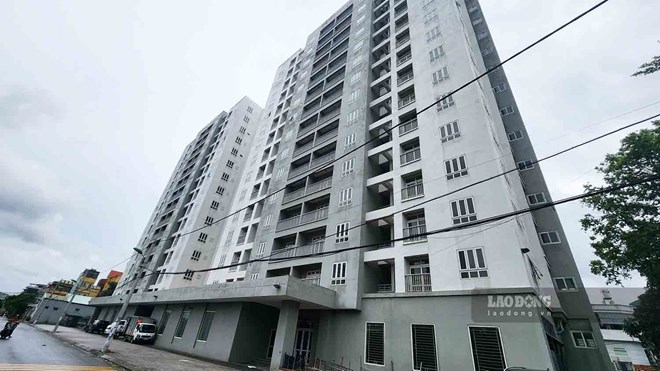
Meanwhile, there are currently about 170 unused resettlement housing projects in Hanoi, with a total of more than 4,000 apartments. If this housing fund is converted to social housing for sale or rent, it will help meet the housing needs of many people.
According to Dr. Tran Xuan Luong - Deputy Director of the Vietnam Institute for Real Estate Market Research and Evaluation, management agencies can orient and accelerate plans to awaken and convert resettlement housing areas that have been abandoned for many years.
"After converting these resettlement houses, it is necessary to ensure social security and transport infrastructure so that people can easily access the central area, avoiding the situation of abandonment due to not meeting demand," said Dr. Tran Xuan Luong.

